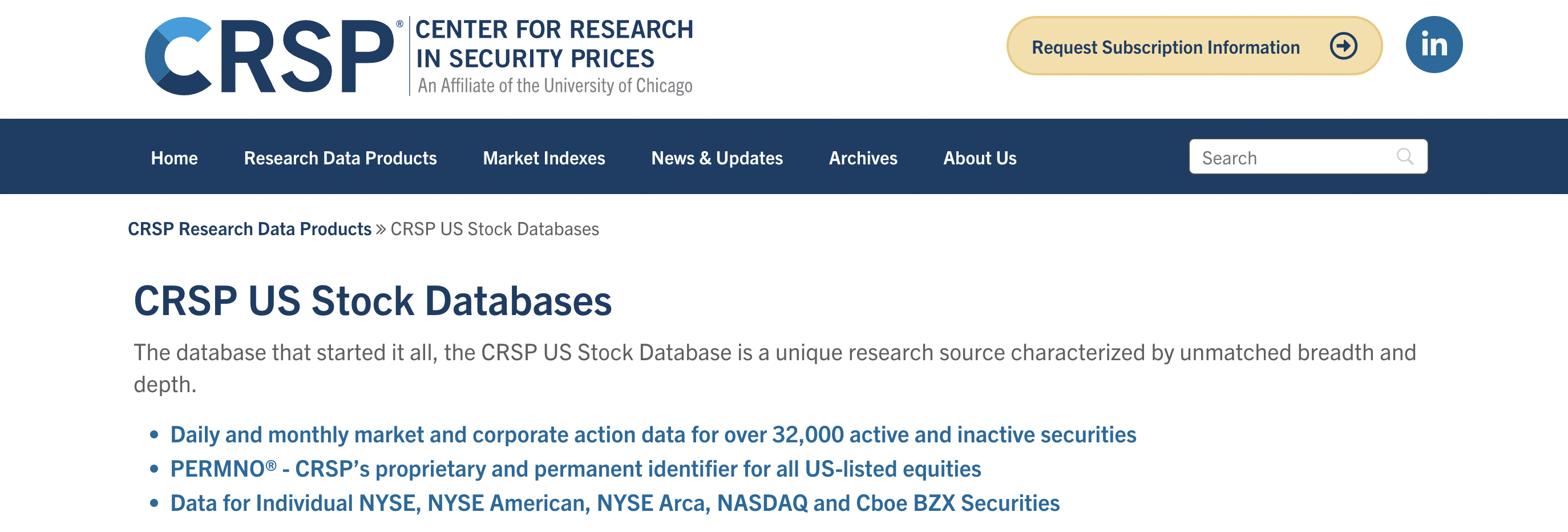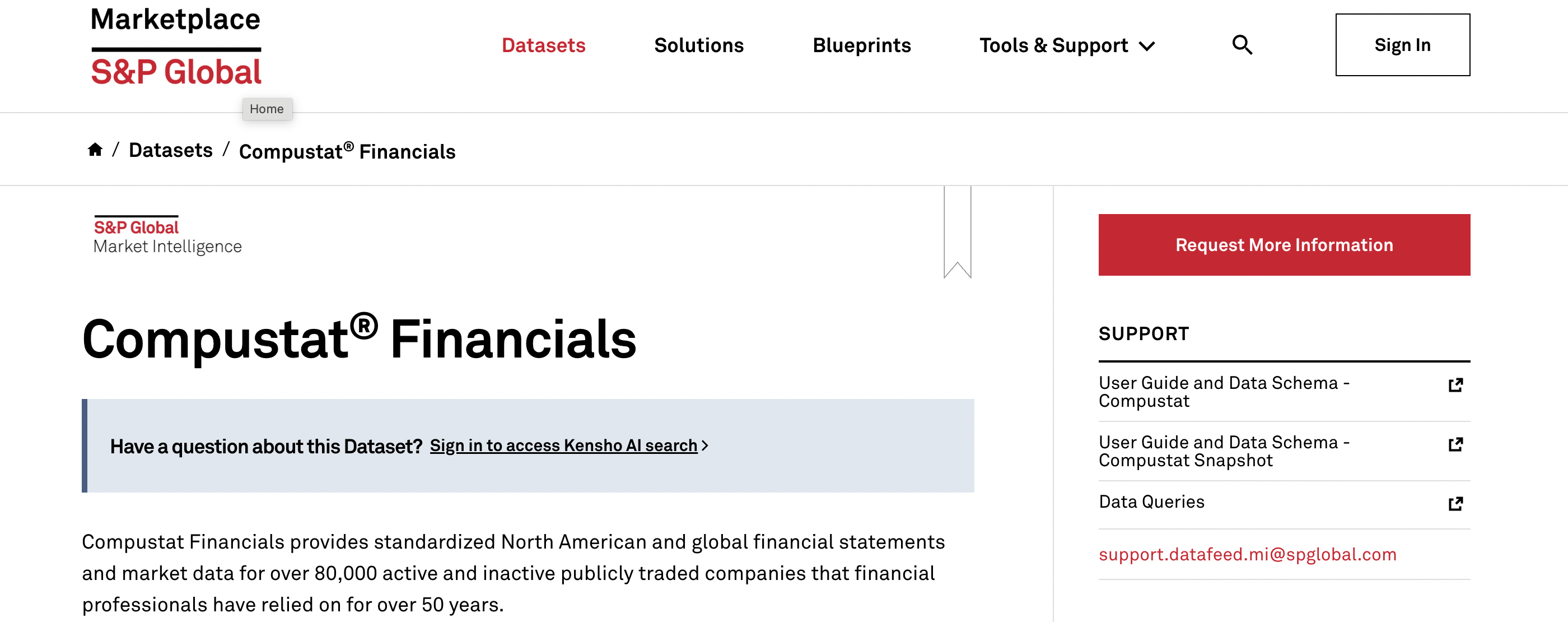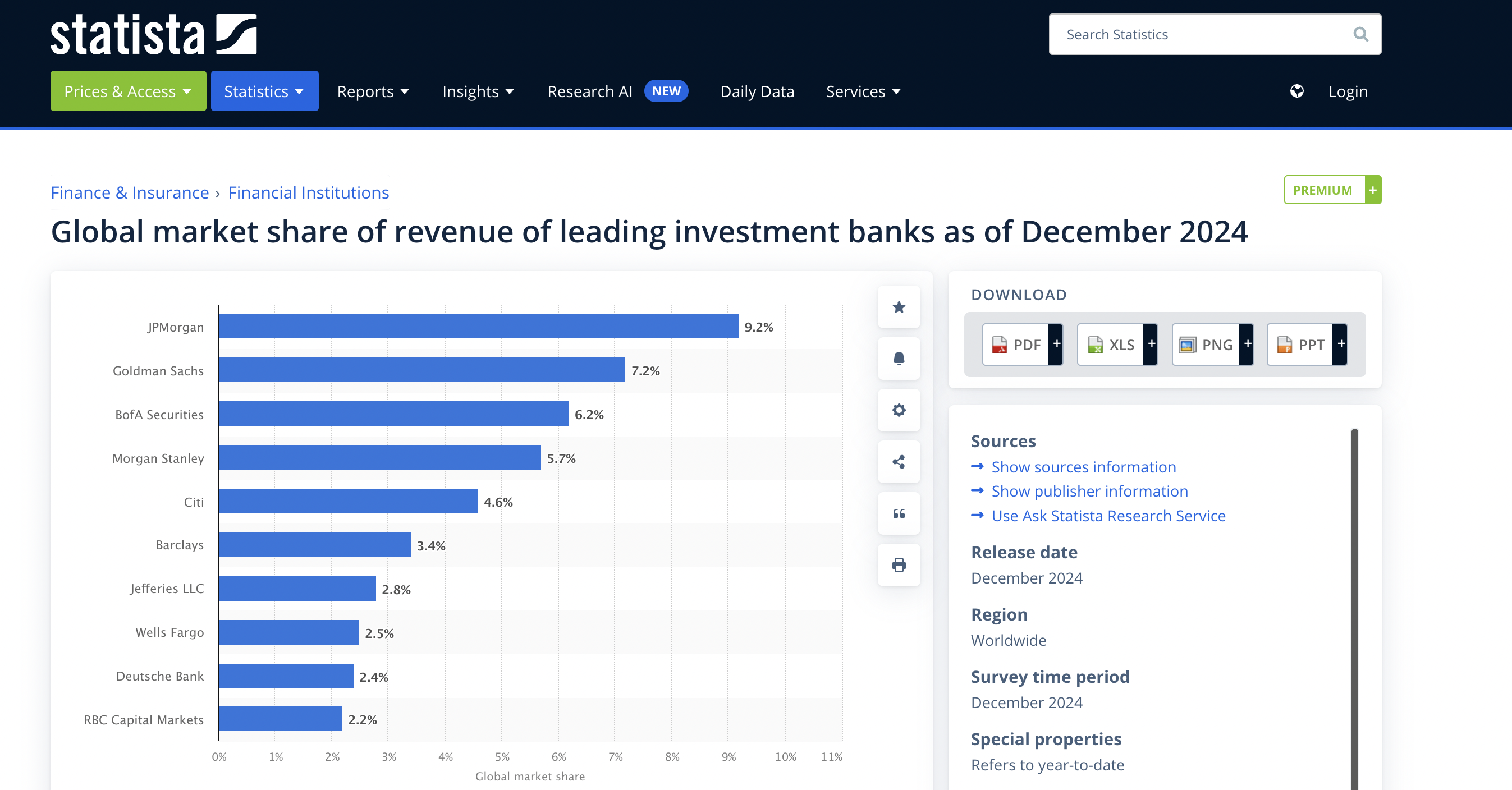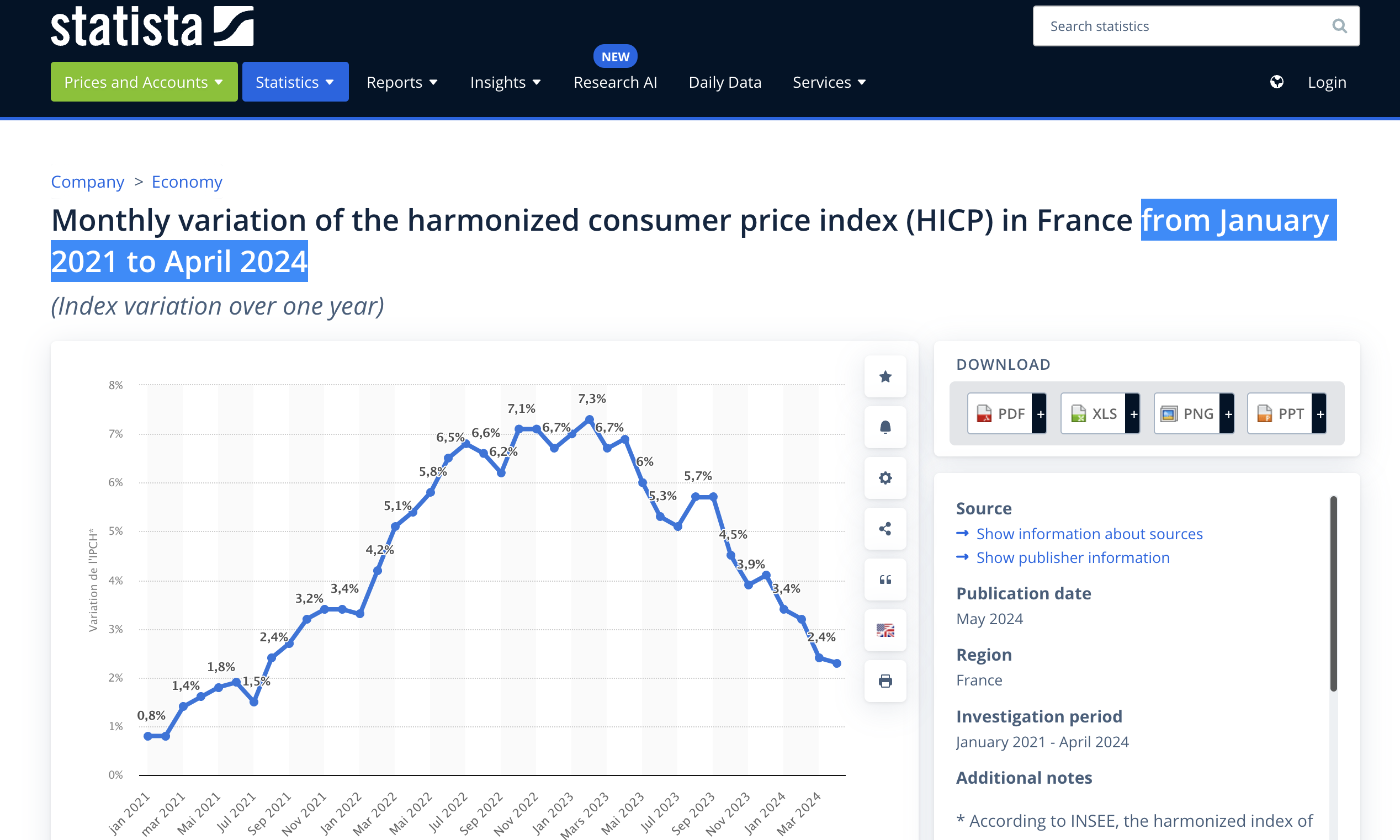Zacks Investment Research

In this article, Nithisha CHALLA (ESSEC Business School, Grande Ecole Program – Master in Management (MiM), 2021-2024) presents Zacks Investment Research, which provides financial data, news and analytics for the financial community.
Introduction
Zacks Investment Research (ZIR) is a prominent financial services company known for its stock research, analysis, and investment tools. Zacks is best known for its proprietary Zacks Rank stock-rating system, which uses earnings estimate revisions to identify stocks that are assured to outperform the market. This system, along with a wide array of financial tools and resources, has made Zacks a trusted name among individual investors, financial advisors, and institutional investors alike.
Logo of Zacks Investment Research

Source: Zacks Investment Research
History
Zacks Investment Research has a rich history that began in 1978 when it was founded by Len Zacks, a Ph.D. in mathematics from MIT. Len Zacks was driven by a pioneering idea that earnings estimate revisions are the most powerful force impacting stock prices. His vision was to develop a research methodology and tools that leverage this insight to help investors make better investment decisions.
In 1978, Len Zacks founded Zacks Investment Research with a focus on earnings revisions. His research suggested that changes in analysts’ earnings estimates had a significant impact on stock prices, and he aimed to harness this insight to create a predictive stock-rating system.
In 1981, Zacks developed the Zacks Rank, a proprietary quantitative model that ranks stocks based on changes in analysts’ earnings estimates. It became the cornerstone of the company’s product offerings, known for its ability to identify stocks likely to outperform the market. In 1986, The Zacks Rank system was made available to institutional investors. It gained credibility and popularity due to its consistent performance in predicting stock price movements.
In 1992, Zacks Investment Research expanded its offerings to individual investors. In 1996, The company launched its website, Zacks.com, making its research and stock ratings accessible to a broader audience.
In 2002, Zacks introduced its mutual fund ranking system, applying its earnings revision methodology to mutual funds. This allowed investors to identify funds with strong earnings potential. In 2004, The company expanded its research offerings to include ETF (Exchange-Traded Fund) ratings and analysis, catering to the growing interest in ETF investing.
In 2015, Zacks Investment Research expanded its institutional services, offering advanced analytics, data feeds, and customized research solutions for hedge funds, asset managers, and financial institutions.
In 2023, Zacks Investment Research still remains a leading provider of financial research, known for its robust stock ranking system, comprehensive research reports, and a wide range of tools that help investors make informed decisions.
Key Components of Zacks Investment Research
Earnings Estimates
Zacks’ early contribution to investment analysis was the discovery that Earnings Per Share (EPS) estimate revisions are the most powerful force affecting stock prices. This discovery gave birth to the Zacks Indicator which, along with being the first to calculate consensus EPS estimates of quarterly earnings and to create the concept of EPS surprises, as well as the first to analyze price response to EPS surprises placed Zacks among the top innovating pioneers in the investment industry.
Zacks gathers earnings estimates from a wide range of sources like Wall Street Analysts, Company Reports, and Economic Indicators. Earnings estimates play a crucial role in the proprietary Zacks Rank system, which ranks stocks from top 5 strong buys to strong sells. The Zacks Rank system leverages these revisions to identify stocks that are likely to outperform or underperform the market.
Earnings estimates are a foundational element of the Zacks Rank system. The Zacks Rank is a proprietary stock rating model that uses changes in earnings estimates to rank stocks.
Model portfolio
The Zacks Investment Committee has maintained a model portfolio since 1996. This portfolio called the Zacks Focus List, is designed for long-term investors and reflects the opinions of Zacks Director of Research Mr. Sheraz Mian. It is published weekly and will list any additions or deletions to the portfolio from the previous week.
Zacks Chief Equity Strategist, John Blank PhD., publishes this monthly report that provides the Zacks forecasts for all major asset classes and the details of Zacks outlook. This report is derived from several resources to come up with individual asset class forecasts.
Forecasts for Key Financial Metrics
In the early 1990s, Zacks developed consensus estimates of other key investment metrics such as brokerage analyst stock ratings, forecasts of future sales, and target prices. More recently, Zacks have expanded again the set of items for which they calculate consensus estimates to include many of the line items and ratios that can be determined from income statements such as ROE, Margins, Net Income, etc.
The Zacks Fundamental database includes 260 operational metric items covering over 900 companies in 32 different industries. The history of the metrics items goes back to 2003. For more details on the operational metrics, download the overview document below.
Coverage
In 1981, Zacks began processing, organizing, and evaluating research produced by US brokerage firms. Today Zacks receives daily electronic data feeds and printed research reports on over 8,500 North American publicly traded companies from over 185 brokerage firms, produced by more than 3,200 analysts amounting to over 500,000 pages of brokerage research. Zacks’s extensive data sets give you access to over 25 years of data history on over 16,000 active and inactive US and Canadian equities.
In addition, ZIR records 25,000 earnings estimate revisions and changes in broker recommendations weekly. This information is made available through institutional and non-institutional product lines and websites such as MSN MoneyCentral, Quicken.com, Bloomberg.com, and FoxBusiness.com, as well as our websites.
On the whole it covers 6,000 US companies, plus 550 non-US companies traded as ADRs on US exchanges from 35 foreign countries, plus 200 Canadian companies trading on US exchanges.
Period
Zacks began in 1978 collecting the individual EPS estimates for over 4,400 US and Canadian companies made by 3,000 analysts employed by 180 US brokerage firms.
Frequency
Zacks maintains a history of annual EPS estimates going back to 1979 and quarterly estimates going back to 1982. Zacks consensus ratings history goes back to 1985. Consensus Sales estimates and Price Targets are maintained back to 2000.
Sales Estimates – 2000 to Present – Monthly, Weekly, Daily Frequency.
Price Targets – 2000 to Present – Monthly, Weekly, Daily Frequency
Zacks data is accessible through raw data feeds for both history files and updates, as hosted web pages that can be framed into finance-oriented websites, as APIs in XML or JSON format, and through partners providing on-demand data-as-a-service (DaaS) platforms.
Firms and Financial analysts
For the 3,800 largest companies Zacks provides over 500 fields of annual standardized data from 2001 forward, and 87 fields from 1979 to 2001. For the 2,800 smaller companies and ADRs, ZIR provide 87 fields of annual standardized data from 1979 to the present.
Zacks employs a rigorous quality control process to make sure all data points are recorded accurately. For each company, a trained analyst enters the data from SEC filings, which is then double-checked by a senior analyst. Once the data is entered, a senior analyst signs off on final completion after reviewing all the data. In addition, the data is subjected to a battery of automated checks to verify balancing relationships and correct errors. All data items are reviewed by multiple sets of trained eyes as well as automated computer checks.
Pricing
There are several types of pricing offered by Zacks Investment Research namely Zacks premium, Zacks Investor Collection, Zacks Ultimate.
Zacks Premium features daily updates of the Zacks Rank, full access to the Zacks #1 Rank List, Equity Research Reports, Focus List portfolio of 50 longer-term stocks, Premium screens and much more. The subscription fee for this per year is $249.
Zacks Investor Collection is a bundle of top subscription services for long-term investors. Customers can access to all of the real-time buy and sell signals from all of Zacks long-term investor portfolios, including the exclusive stocks under the $10 strategy which isn’t available to the general public. Customers can also get full access to all the premium research tools and reports for finding winning stocks, ETFs, and mutual funds. For this program they give access to all the data for $1 in the first 30 days and later prices at $59 per month and $495 per year.
Zacks Ultimate program gives customers access to Zacks’ market insights and the most private picks from Zacks portfolio recommendation services for only $1 in the first 30 days and later they price at $299 per month or $2,995 per year.
Use of Zacks Investment Research by the Financial Community
Benchmark for Analysis
Financial professionals often use Zacks Investment Research as a benchmark for analyzing stocks and making investment decisions. The company’s data and analytical tools provide a reliable foundation for comparative analysis. Investors use the Zacks Rank system to screen for stocks that are expected to outperform the market based on earnings estimate revisions.
According to the company website, it states that “The Zacks Mutual Fund Rank is a rating system that will help you find the best mutual funds to outperform the market. Use the Zacks Mutual Fund Rank to evaluate your current funds, find better funds, and track your funds. In addition, you can follow top-ranked funds featured in daily articles from Zacks’ team of analysts.” which shows how an investor can use their analyses as a benchmark.
Market Expectations
Zacks aggregates earnings estimates from multiple analysts to form a consensus estimate. By monitoring changes in earnings estimates, investors can understand shifts in market sentiment and expectations. Upward revisions typically indicate positive market sentiment, while downward revisions may signal potential concerns.
Zacks tracks earnings surprises, which occur when actual earnings differ significantly from consensus estimates. These surprises can lead to significant market movements and are closely watched by investors.
Earnings Season Preparation
Before earnings announcements, Zacks offers previews that include analysts’ expectations, historical earnings performance, and key factors to watch. After earnings reports are released, Zacks provides detailed analyses comparing actual results to estimates, offering insights into the implications for the company’s stock price and future performance.
Zacks Investment Research and Tests of Market Efficiency
Academic works
Zacks Investment Research is a valuable resource for academic researchers studying market efficiency and other financial theories. Researchers analyze how markets react to earnings announcements and other significant events, using Zacks’ data to test hypotheses about market efficiency.
Information Dissemination
Zacks Investment Research excels in providing up-to-date data and insights to its users. Zacks provides real-time updates on earnings estimates, stock ratings, and market news. Users can set up custom alerts for specific stocks or market events.
Zacks research and data are accessible through various platforms, including its website, mobile apps, and third-party financial services, making it easy for users to stay informed.
Pros and Cons
The Zacks Rank system and earnings estimates are known for their accuracy in predicting stock performance. Zacks offers extensive and detailed financial data, covering a wide range of companies and metrics.
On the other side, Zacks’ premium services can be expensive, potentially limiting access for smaller firms or individual investors. And the depth of information and tools available may require a learning curve for new users.
Conclusion
Zacks offers a wealth of data and analysis that helps in making informed investment decisions. By focusing on earnings estimates and revisions, Zacks helps investors predict stock performance more accurately. The user-friendly tools and real-time updates make it accessible for both beginners and experienced investors.
Why should I be interested in this post?
For management students, understanding and utilizing tools like Zacks Investment Research can provide a significant edge in the financial world. Learning to use such resources effectively can enhance our analytical skills and prepare us for a successful career in finance and investment management.
Related posts on the SimTrade blog
▶ Aamey MEHTA Market efficiency: the case study of Yes bank in India
▶ Louis DETALLE The importance of data in finance
▶ Bijal GANDHI Earnings per share
Useful resources
Zacks Investment Research Zacks Fundamental Data – Company Profile and Financial Statement Data
Zacks Investment Research Our Research. Your Success.
Fidelity Research Firm: Zacks Investment Research
Zacks Investment Research Find the Service That’s Right For You
Zacks Investment Research Zacks Mutual Fund Rank
About the author
The article was written in May 2024 by Nithisha CHALLA (ESSEC Business School, Grande Ecole Program – Master in Management (MiM), 2021-2024).










